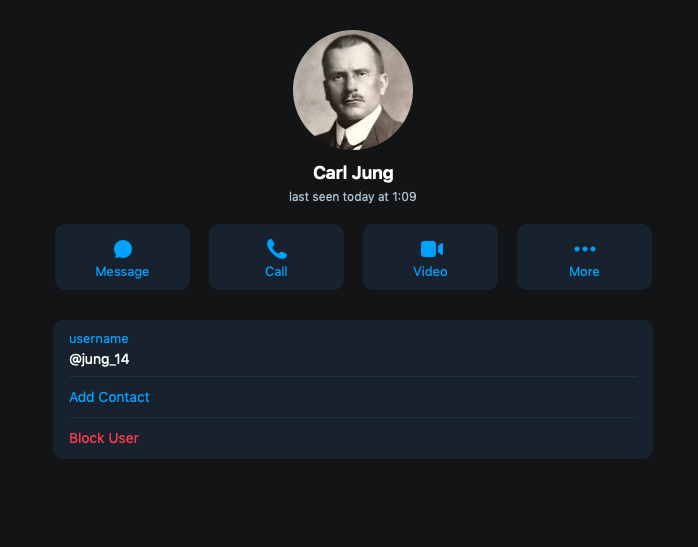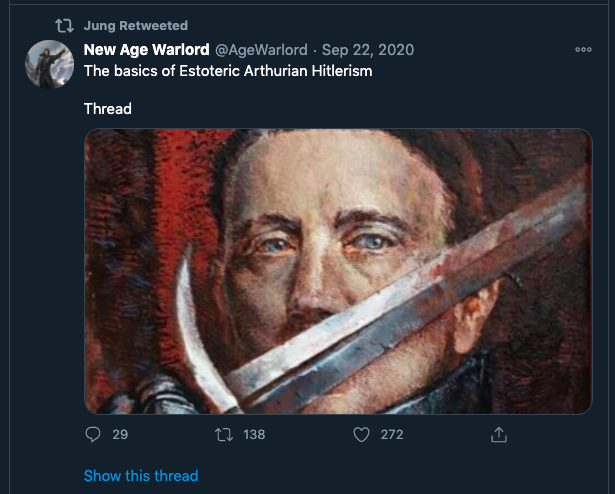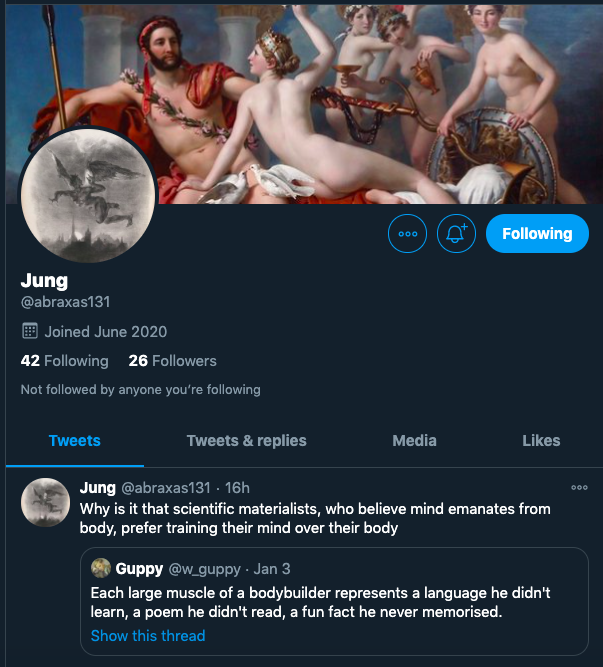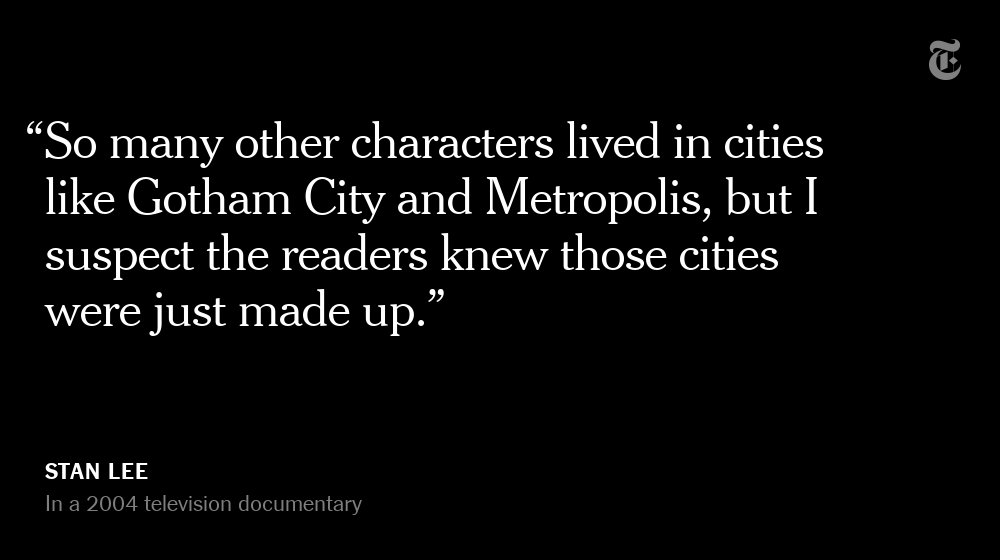Processes and Plans
I’ve seen people do unstructured fundraising. I hate it.
You see the them just thrashing but never getting anywhere.
Want to play a game well?
Then have a plan. Run it. Modify as needed on the fly.
Artificial Scarcity
Many of the ideas in this thread are from Persuasion by Cialidini.
This is one of them.
By running a tight process with deadlines, you create a situation that plays to the human nature of wanting scarce things even more.
Owning the timeline
If you don’t set a timeline, investors will naturally set you on *their* timeline.
You should set the timeline (as best you can) so you set the rules of the game.
Of course, be reasonable. Listen and adjust the timeline as needed.
Transparency and Trust
Winning trust from an investor is easiest if you hide nothing (post NDA obviously) through the process including due diligence.
There should be no surprises after a term sheet — and be open about your investment’s risks, strengths and weaknesses early.
Making a market
In public equitiies, we have broad, relatively efficient markets being made.
In private equities, you are making your market. Being broad is in your best interest to get the optimal investor for your deal.
Build your list. Go after it.
Focus
I’m a strong believer that fundraising is binary.
You are either selling/fundraising — or you’re not even considering it.
Psychologically, focus here by the fundraiser is a really powerful side-effect.
It also shows investors you’re serious.
Numbers games
A good fundraising process makes a market.
The *best* market for you is a process that puts your deal in front of the right people — and, ideally, all of them.
The good news is that in zoom+email world, this isn’t as expensive as it used to be with all in-person.
Leverage
Successful fundraisers understand leverage and try to maximize it.
It is a great deal? Or just the promise of one? Do lots of people want to invest in? If no, how do you get it there?
Much of this is done by just kicking ass well before fundraising starts, of course.
Warm referrals vs Cold
Warm referrals are always preferred.
They are social proof and that plays to human psychology.
Getting warm intros is actually that happens *before* a fundraise starts — months and years as you build social capital, proofs, etc in your career.
Personal investment & Signalling
If possible, having your own “skin in the game” makes a huge difference.
Investors have read Taleb or know it intuitively.
Bonus: it makes it *much* easier to stomach fundraising not feeling like begging.
Hurdles
Well-designed sales processes of any kind include small hurdles to cull the herd from stage to stage.
Like a formal NDA after a first meeting will require time+lawyer investment on the investors side.
Good hurdles will keep serious folks and cull out the not-serious.
Deadlines
A good fundraising effort has phases and deadlines.
Humans respond to deadlines and clear objectives.
“We are in phase 2 of our process with finding a lead as the next objective.”
Nudges
Your deck, spellcheck, appearance on calls, body language, mode of speaking, and all of that is crazy important.
This is a 1st class deal — let’s look it down to every detail.
Human nature is a ton of unconscious communication. Leverage it.
Setting the first price
Game theory say she who makes the offer is at an informational disadvantage.
Psychology says to do the same. But there are exceptions in techniques like anchoring.
When in doubt, don’t get fancy. Let the market make the offers if you can.
Hierarchy
Most investment firms are split by seniority and responsibility.
Human nature has us structuring this way.
Who shows at your meeting (do they write checks? Partner?) is sending messages through action, which is always more powerful than words.
Social proof
There are two types of investors out there: Those that lead and those that follow.
Until you have a Lead who sets terms, the followers will mill around until the social proof comes from the Lead.
It’s why your first job is to find a lead. The herd will follow.
Lines and Optionality
Humans are built to understand linear plans and want clear visions.
You’re best presenting a single path — and not multiple possible outcomes.
Ideally, selling a single path is best if it maintains optionality.
And I think that’s all I got on this subject.
I’m sure there’s some stuff I’ve missed so reply away!
And happy Saturday everyone!
(Crap — the book is Influence by Cialdini. Not Persuasion. Damnit.)






